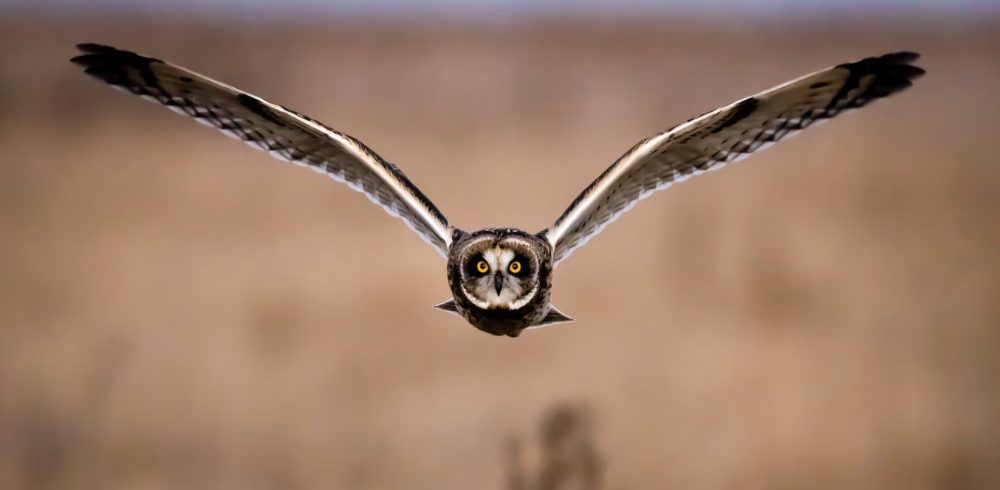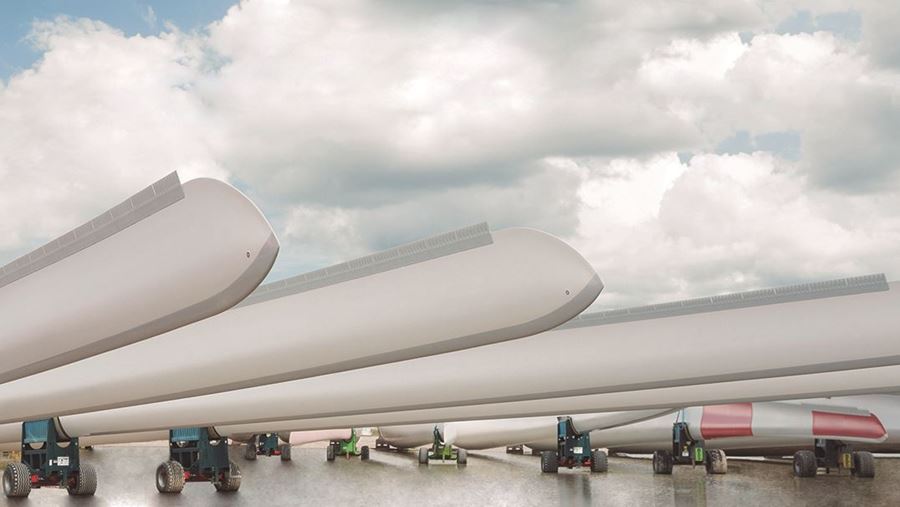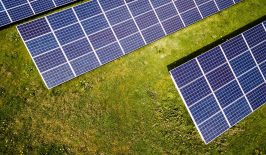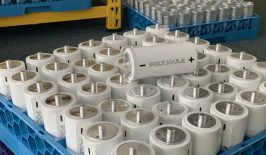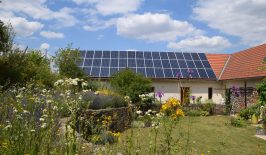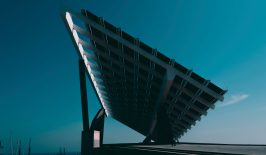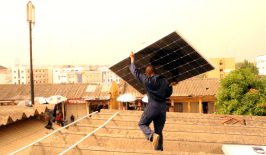Engineers are looking at owl wings for design inspiration. The thinking is that, since owl wings can enable silent flight, perhaps they can serve as a model for quieter wind turbines and even airplanes. A successful outcome would represent a significant win for every living thing with ears and could boost support for wind farms among the NIMBY crowd by quashing complaints about noise pollution.
Biomimicry – taking what nature’s already figured out and using it to solve human design challenges – has already yielded some remarkable innovations. Wetsuits are an appropriation of beaver pelts, we came up with velcro from burrs, and the secret to submarine camouflage can be found in squid skin. In fact, some of the most aerodynamic wind turbine designs are inspired whale flippers. Still, aerodynamic does not necessarily mean quiet.
Comb On the Front, Fringe at the Back
The owl wing approach seeks to suppress the noise produced when air flowing over and under an object meets at the object’s trailing edge. Scientifically, this is aptly known as trailing-edge noise. Consider a flag in the wind. The noise doesn’t come from air splitting at the mast but from colliding at the flag’s far edge. Such careless aerodynamics would all but doom an owl’s survival in the wild, which explains why owl wings have evolved a silencing mechanism: asymmetric trailing-edge serrations. Or, more plainly, fringed feathers on the back part of the wing. Meanwhile, the front edge of the wing is shaped like a comb, which funnels air smoothly into the fringe. This comb-fringe combination was the key innovation of a blade add-on developed by Siemens that can be used to retrofit existing turbines. That was in 2017. Now, researchers are looking into how to further improve serrated airfoil design. It is also the first concentrated attempt at quantifying noise reduction resulting from such designs.
Owls Remain a Feathery Enigma
Determining how much quieter turbines would be if they were modelled after owl wings is difficult. Siemens says wind tunnel measurements and field tests revealed a “substantial reduction in wind turbine noise at all wind speeds.” Citing the 2020 Annual Review of Fluid Mechanics, the Smithsonian claims “such owl-inspired innovations can reduce noise by as much as 10 decibels, similar to the difference in noise between a passing truck and a passing car.” In any case, there’s more work to be done. As the Smithsonian points out, there’s simply too much we don’t yet know about owls that could influence stealthiness, such as the role individual feather morphology plays in noise reduction. And what if we did understand this process? Developing a stationary appendage like Siemens’ so-called DinoTail is one thing; engineering flapping, feathered turbines is another (despite its name, Siemens admitted the DinoTail design was inspired by owls).
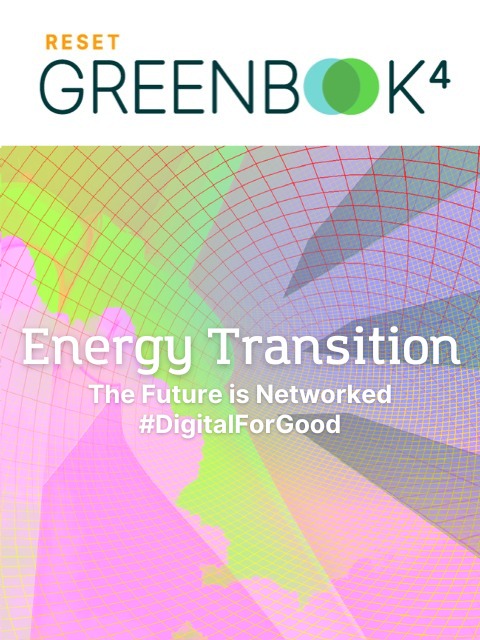
The 1.5 degree target is unattainable without a real transformation of our energy system. But how can it succeed? What are the energy sources of the future? What digital solutions are ready and where are innovations needed? And how can the transformation be driven forward?
The RESET Greenbook “Energy Transition – The Future is Networked” presents digital, innovative solutions and sheds light on the background.
Increasing Support for Wind Farm Construction
While noise pollution doesn’t get the same publicity as air pollution, it nevertheless has a dramatic impact on quality of life, particularly mental health. Increased stress, sleep disturbance, and general annoyance are among the most common side effects of unwanted sounds spreading into the environment. And that’s just among humans. Anthropogenic noise has also been shown to reduce, fragment, or degrade natural habitats as well as disrupt animal breeding cycles, hastening the extinction of certain species. Offshore wind farms, for example, produce sound pressure and acoustic particle motion in the water and seabed, thereby harming marine life. The need to develop wildlife-friendly turbines is therefore of great importance as offshore wind farm construction accelerates globally in the future.
Finally, developing quieter turbines would increase wind energy’s acceptance among the general public. Though unfounded, concern over noise pollution is hampering the urgency with which wind farms need to be constructed as part of a comprehensive energy transition. And when the only argument left is that wind farms are ugly, surely we can look to nature for beauty tips.
